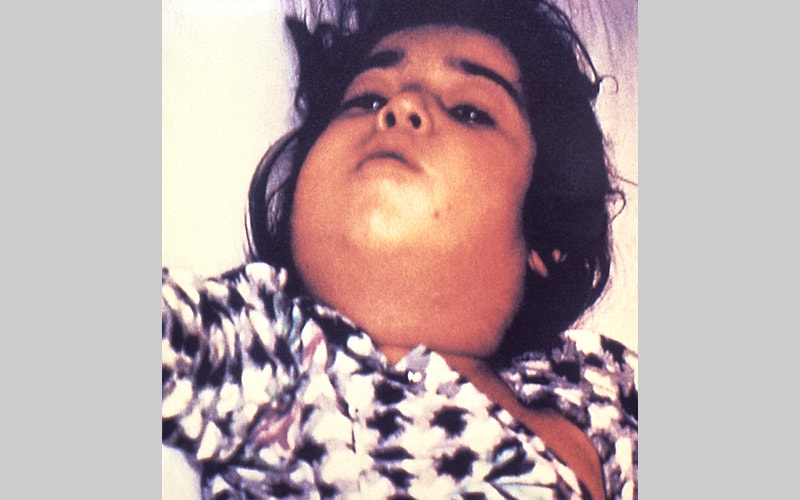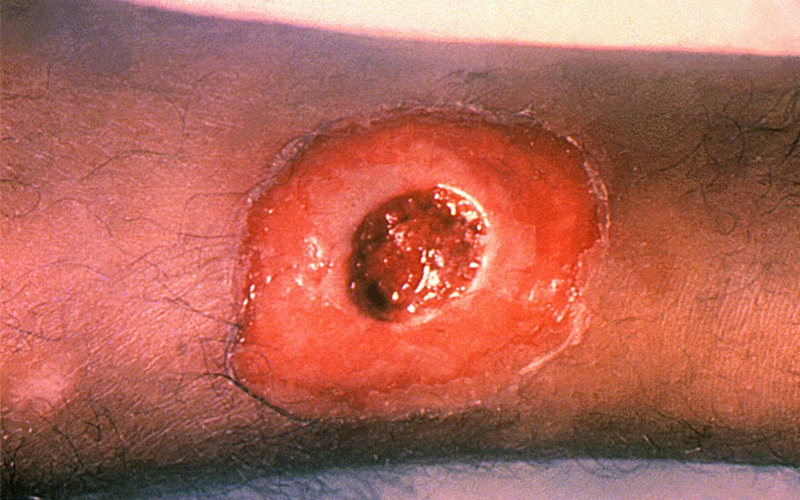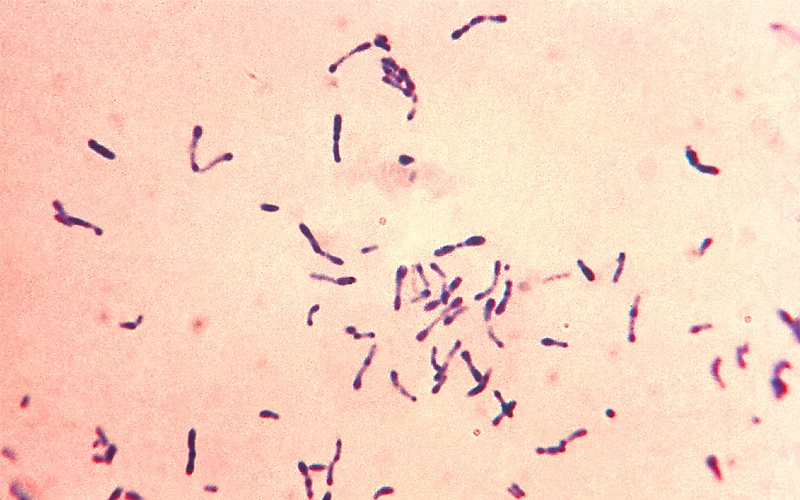Archive for December, 2017
Rohingya: Diphtheria is spreading fast in Cox’s Bazar, Bangladesh
Thursday, December 7th, 2017
6 December 2017 | Geneva – Diphtheria is rapidly spreading among Rohingya refugees in Cox’s Bazar, Bangladesh, WHO warned today.
More than 110 suspected cases, including 6 deaths, have been clinically diagnosed by health partners, including Médecins Sans Frontières (MSF) and the International Federation of the Red Cross (IFRC).
“These cases could be just the tip of the iceberg. This is an extremely vulnerable population with low vaccination coverage, living in conditions that could be a breeding ground for infectious diseases like cholera, measles, rubella, and diphtheria,” said Dr Navaratnasamy Paranietharan, WHO Representative to Bangladesh.

“This is why we have protected more than 700,000 people with the oral cholera vaccine, as well as more than 350,000 children with measles-rubella vaccine in a campaign that ended yesterday. Now we have to deal with diphtheria.”
Since August 2017, more than 624,000 people fleeing violence in neighbouring Myanmar have gathered in densely populated temporary settlements with poor access to clean water, sanitation and health services – and the numbers continue to swell.
WHO is working with the Bangladesh Ministry of Health and Family Welfare, UNICEF and partners to contain the spread of the highly infectious respiratory disease through effective treatment and adequate prevention.
Together, they are supporting patient diagnosis and treatment, ensuring adequate supplies of medicines, and preparing a vaccination campaign targeting all children up to 6 years with pentavalent (DPT-HepB-Hib) and pneumococcal vaccines, which protect against diphtheria and other diseases. Training is already underway for vaccinators.
WHO has procured an initial 1,000 vials of diphtheria antitoxins that are due to arrive in Bangladesh by the weekend. Combined with antibiotics, the antitoxins can save the lives of people already infected with diphtheria, by neutralizing the toxins produced by the deadly bacteria.

“We are working with partners to ensure that clinical guidance is available to health workers, and that there are enough beds and medicines for those who get sick. But the only way to control this outbreak is to protect people, particularly children, through vaccination,” said Dr Paranietharan.
Risk factors for serious outcomes associated with influenza illness in high- versus low- and middle-income countries.
Thursday, December 7th, 2017“….. In LMIC (low- and middle-income countries), but not in high income countries (HIC), pregnant women, people with HIV/AIDS and children < 5 years old (compared with older children) were at increased risk of a severe outcome. Also, although all patients with neurological conditions were at higher risk of severe outcomes than those without, children were at higher risk than adults and children who lived in a LMIC were at significantly higher risk than those living in HIC. Adults were more likely than children to suffer a severe outcome if they had diabetes or a hematologic condition, were obese or had liver disease. Asthma is a risk factor for hospital admission but not for severe outcomes…..”
The Saudi Arabian Ministry of Health reported one new MERS cases and one death in a previously announced patient.
Thursday, December 7th, 2017
12/6/1907: The worst mining disaster in American history.
Wednesday, December 6th, 2017An explosion in a network of mines owned by the Fairmont Coal Company in Monongah kills 361 coal miners.
12/6/1917: A Belgian steamer and French freighter, both loaded with ammunition, explode in Canada’s Halifax Harbor, leveling part of the town and killing nearly 1,600 people and injuring approximately 8,000.
Wednesday, December 6th, 2017The Nov. 21 floods in Jeddah killed 3 and left peple wondering if anything has changed to help rehabilitate infrastructure.
Wednesday, December 6th, 2017Wildfires have torched more than 65,000 acres in Southern California
Wednesday, December 6th, 2017“…..In Ventura, a city of more than 100,000 on the Pacific coast, more than a quarter of its residents (38,000 people), had been told to evacuate…..”
12/5/1876: A fire at the Brooklyn Theater in New York kills nearly 300 people and injures hundreds more
Tuesday, December 5th, 2017“….Sometime near the start of the performance, a gas light ignited some extra scenery stored in the fly space behind the stage. It wasn’t until midway through the play that stagehands noticed the quickly spreading flames. Unfortunately, there were no fire hoses or water buckets at hand and the fire spread, unbeknownst to the cast and audience…..”
Opiophobia in developing nations: Where is palliative care for the world’s poor?
Tuesday, December 5th, 2017“…..Uganda has implemented an innovative solution. Here, liquid morphine is produced by a private charity overseen by the government. And with doctors in short supply, the law lets even nurses prescribe morphine after specialized training.
About 11 percent of Ugandans needing morphine get it. Inadequate as that is, it makes Uganda a standout not just in Africa, but in the world…….”
“…..The United States…..produces or imports 31 times as much narcotic pain-relievers it needs whether in legal or illegal form: morphine, hydrocodone, heroin, methadone, fentanyl and so on.
Haiti, by contrast, gets slightly less than 1 percent of what it needs. And Nigeria, on a per-capita basis, gets only a quarter of what Haiti gets: 0.2 percent of its need……”



